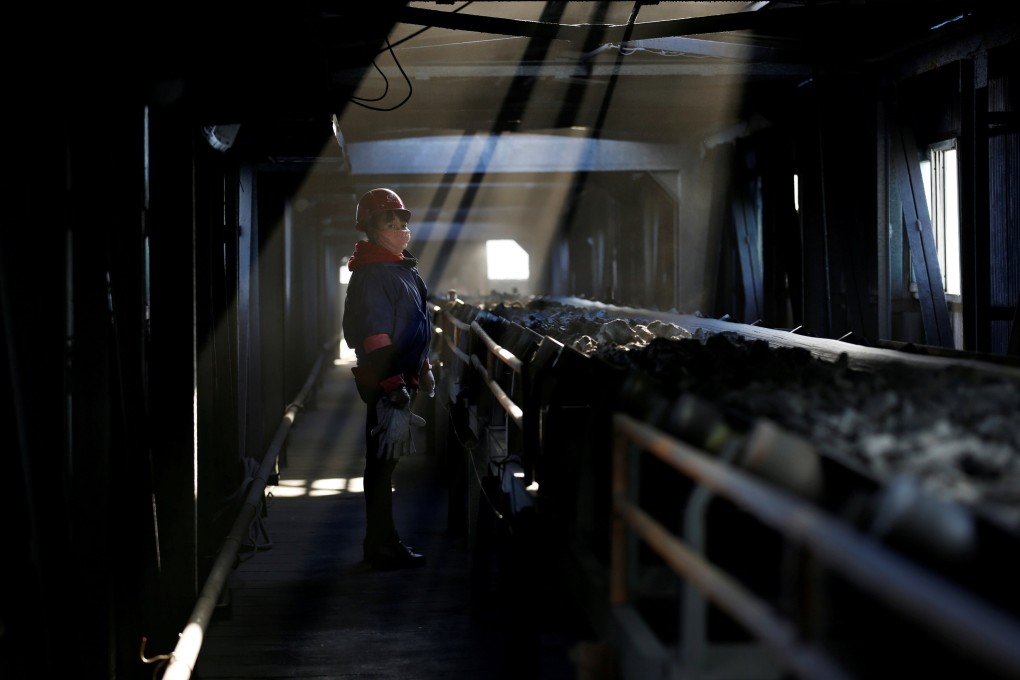Advertisement
Xi Jinping can combat the world’s single greatest threat – if he walks the talk on carbon neutrality
- Xi must advance China’s carbon neutral goal by embedding it into the five-year plan and Belt and Road Initiative
- Instead, Chinese provinces are still directing their capital at coal. Given that the coal industry is in decline, this will not attract investors
Reading Time:4 minutes
Why you can trust SCMP

As a major global investor, I carefully watched how the United Nations General Assembly presidential speeches by Brazil’s President Jair Bolsonaro and then US President Donald Trump were suddenly upstaged by Chinese President Xi Jinping’s contrasting tone of hope as he pledged to cut carbon emissions.
Faced with our greatest single global threat, man-made climate change, Xi has much more power to change the future than Trump, who claimed China invented global warming and promised to bring back coal but instead oversaw a national coal industry collapse at a faster rate than his predecessor Barack Obama.
While the world media’s attention is firmly focused on the US presidential election, this is a critical period for China as it develops its 14th five-year plan, to be announced at the National People’s Congress in March 2021.
Advertisement
The global implications of this plan are hard to exaggerate. The main question is whether Xi will use the plan to stand up to the Chinese power industry and provinces to stop the flood of new coal being approved as the central government relaxes restrictions. You cannot cut carbon emissions and also build coal.

03:05
China vows carbon neutrality by 2060 during one-day UN biodiversity summit
China vows carbon neutrality by 2060 during one-day UN biodiversity summit
While the coal and wider fossil fuel industry have faced massive disruption during the pandemic, renewables are increasing their share of global electricity demand, speeding the shift towards cleaner energy.
Advertisement
Advertisement
Select Voice
Choose your listening speed
Get through articles 2x faster
1.25x
250 WPM
Slow
Average
Fast
1.25x
